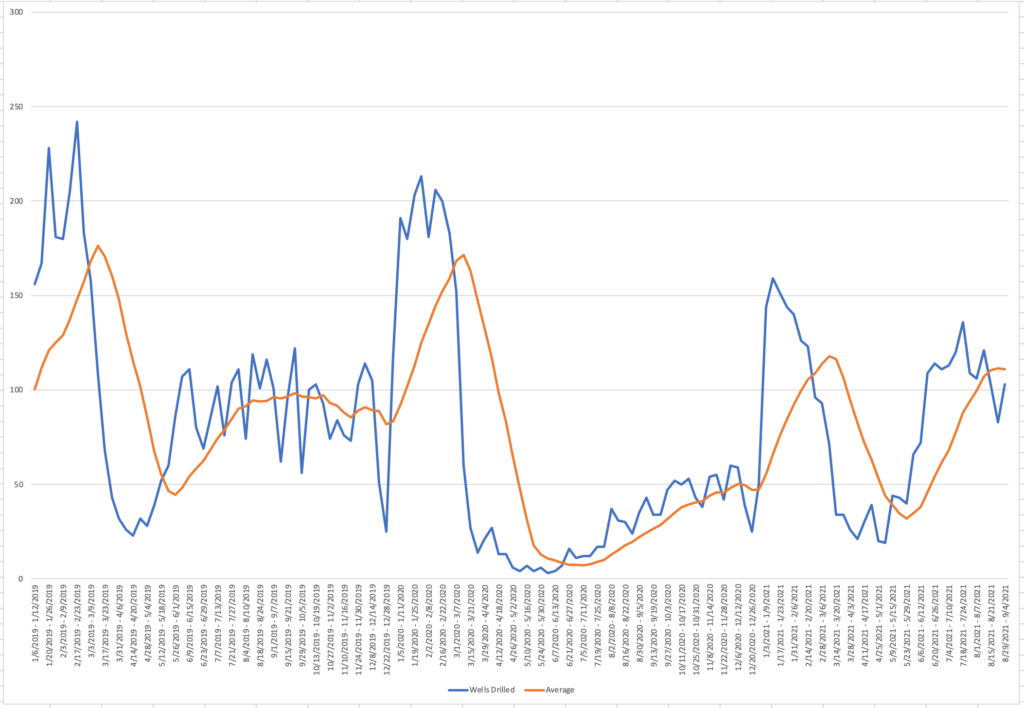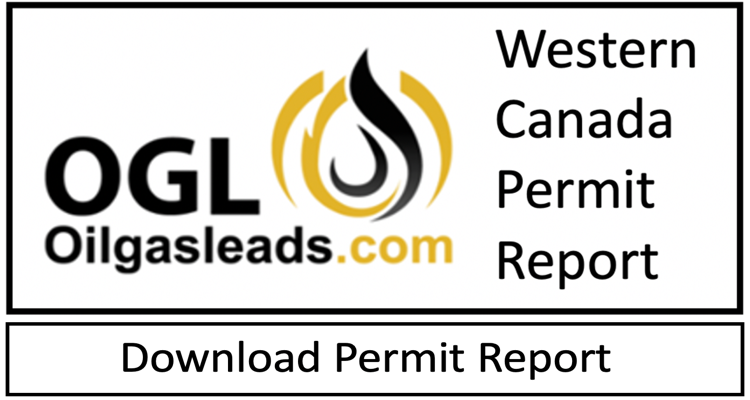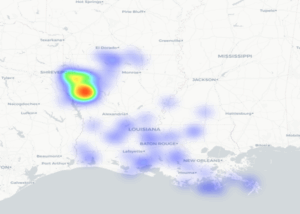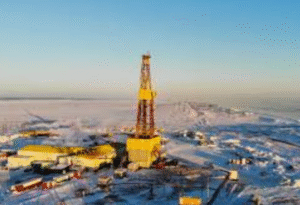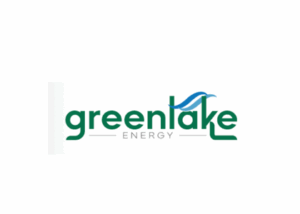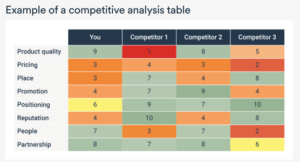Oil & Gas Permit Summary
Western Canada Oil Gas Permit Report summary (Patch Report) Sept 9 2021 – 100 Operators and 241 well, spud & facility permits approved last week in Western Canada last week.
Western Canada oil & Gas Permit Summary
- Facility Permits – 20 Operators and 25 oil & gas facility permits
- Well Permits – 29 Operators and 127 oil well permits
- Wells Spud – 61 Operators and 154 spud permits
Top Operators Operators by Oil & Gas Permits
- Facility – Blackspur Oil Corp. (2), Karve Energy Inc. (2), Obsidian Energy (2)
- Well permits – CNRL (31), Headwater Exploration Inc. (11), Baytex Energy Corp. (10)
- Wells Drilled – Teine Energy Ltd (22), Cenovus Energy Inc. (10), Crescent Point Energy Corp. (9)
Permit Download
Oil & Gas News
Oil & Gas Permit Details
New Permit Details
This data is a result of comparing two permit datasets to identity new leads. We take the new permits created the current week and them compare the permits against all the permits created previous 90 days. The records that do not match are Operators that are new entrants into the market.
New Well Permits Current Week First Time Since April 1 2021

Wells Drilled Permits Current Week First Time Since April 1 2021

New Rigs Current Week First Time Since April 1 2021

Oil & Gas Permits Details
Western Canada Facility Permits
Facilities are a system of vessels, piping, valves, tanks and other equipment that are used to gather, process, measure, store or dispose of petroleum, natural gas or water. … The upstream facility network includes equipment for the handling of oil, natural gas, natural gas liquids, and water.
The table is a summary of new facility permits and facilities permits appended for upgrade to production or equipment. Western Canada Oil & Gas facility permit can new facility (application purpose = new license) or it can be an existing facility that is being upgraded or the production values updates (application purpose = license amendment). Data Source Western Canada Oil Gas Permit Report summary Sept 9 2021
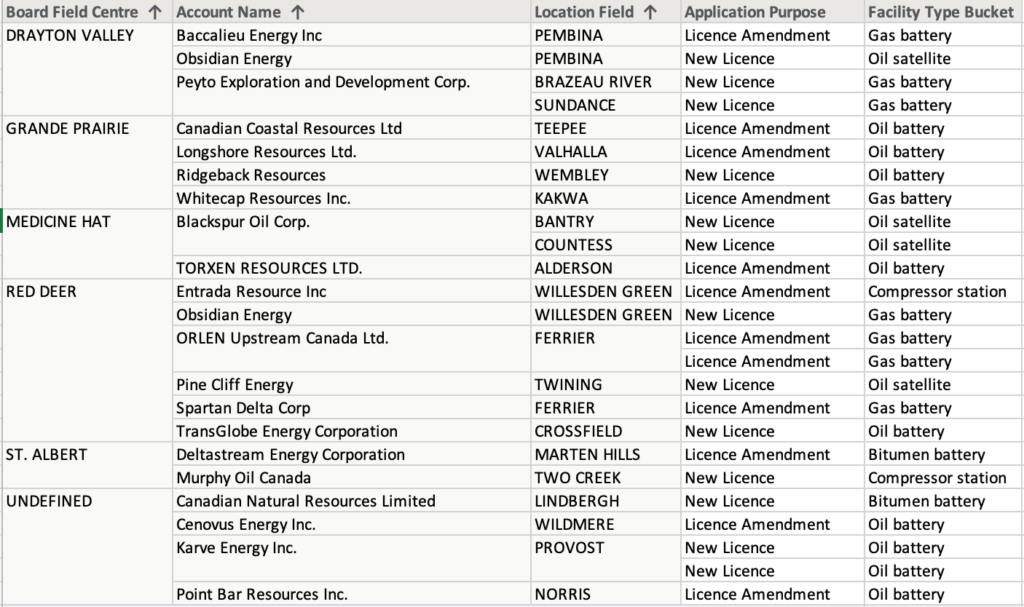
Oil & Gas Well Permits Western Canada
Well Permits Overview Status of a well identifies its current state of activity. Over the life of a typical well it will have a progression of status changes – licensed > drilling > completed > production/injection/disposal > suspended > abandoned (decommissioned). The lifespan of a well can vary, from a few years to many decades. A well may go directly from a drilling status to abandoned status if it is unsuccessful in finding oil or gas. Data Source Western Canada Oil Gas Permit Report summary Sept 9 2021

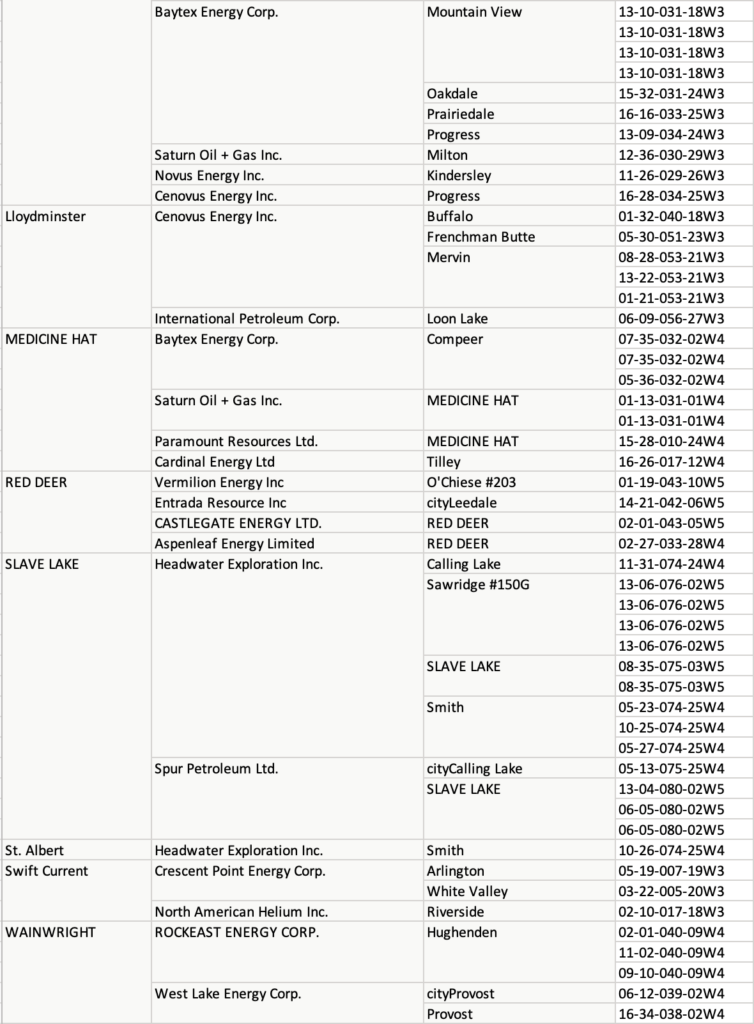
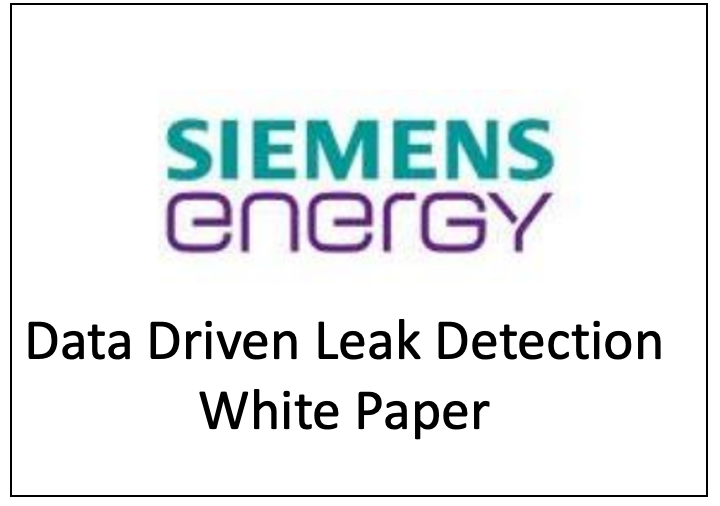
Wells Spud Permit Western Canada
Spudding is the process of beginning to drill a well in the oil and gas industry. … After the surface hole is completed, the main drill bit—which performs the task of drilling to the total depth—is inserted and this process can also be referred to as “spudding in.” Data Source Western Canada Oil Gas Permit Report summary Sept 9 2021

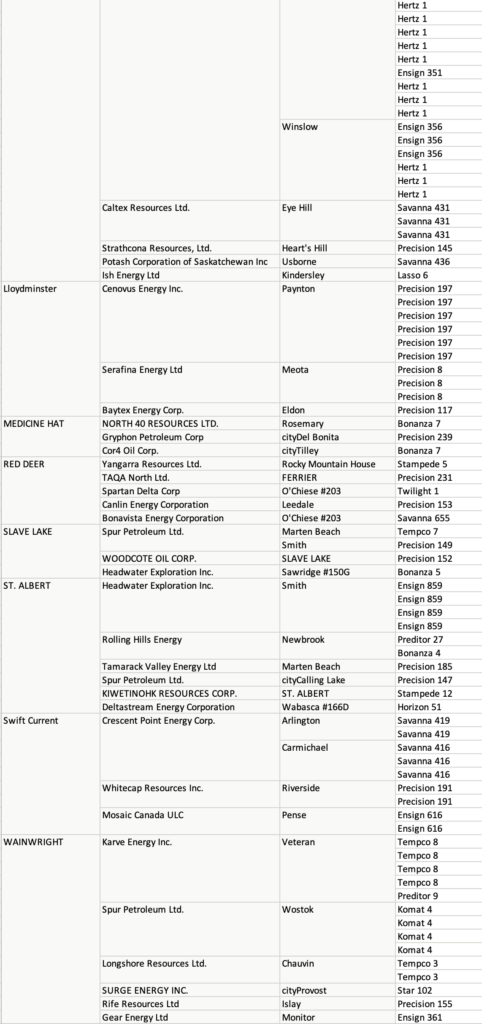
Sign-up Free Oil & Gas Permit Email
* These fields are required.
Western Canada Permit Average Summary
When to Use a Count, a Percentage, or an Average to Measure oil & gas permit activity
- For some goals, we’re interested in straight-out counts because it’s the existence of something that is important to improve, rather than its rate of occurrence. We simply want more of the stuff, or less of it.
- For some goals, it’s more useful to know the rate of occurrence to really understand if change is happening. A simple count would mislead us to the wrong conclusion about trends, so we need to normalize the measure.
- Then there are goals that are about the degree of change, rather than the rate of occurrence of change. A percentage would tell us only whether or not a result was achieved, rather that the degree to which that result was achieved.
Western Canada Facility Permit Count & Average
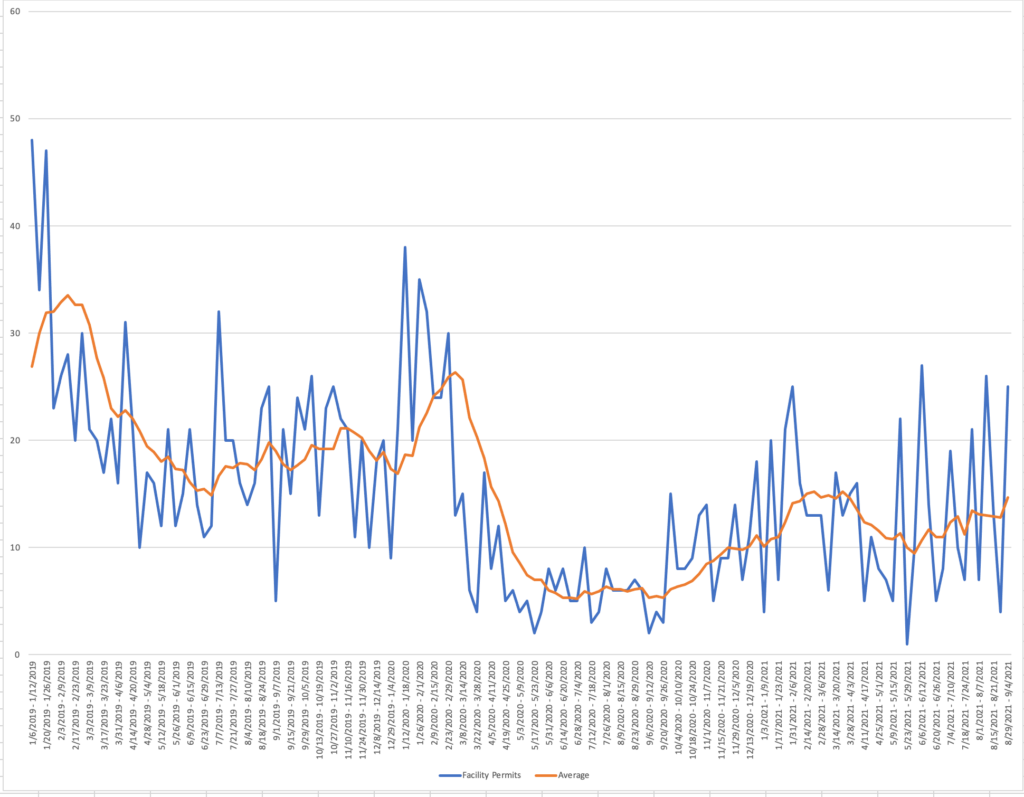
Western Canada Well Permit Count & Average
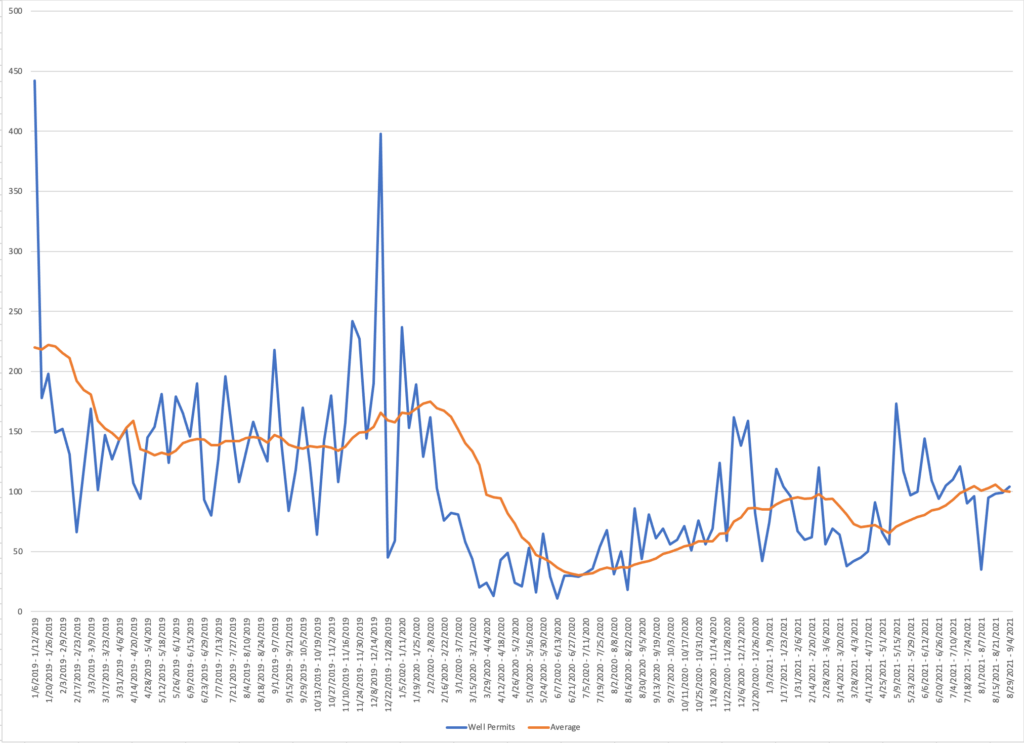
Western Canada Wells Spud Count & Average
